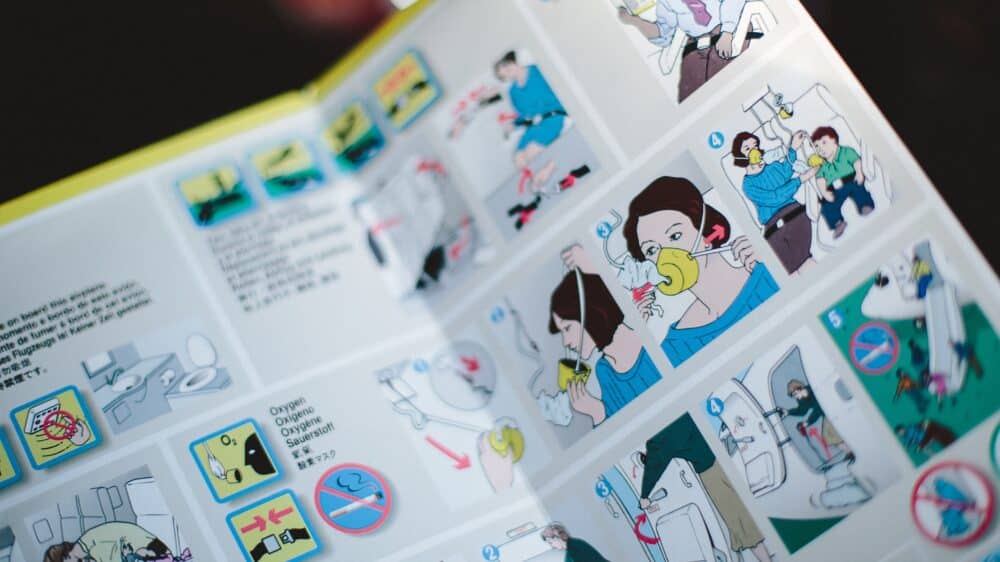When you’re at the end of your rope because of sleep deprivation caused by your child’s sleep-wake rhythm and learning to sleep independently, it’s good to take a step back and ask yourself:
| Is it my child who has a sleep debt or is it my sleep needs that are struggling to be met? |
It is important to ask this question, because studies show that sleep debt is often minimized and underestimated in parents.
How to manage fatigue in 4 steps:
- Determine your state of fatigue, measure your exhaustion.
- Take steps to reduce your sleep debt.
- Identify your needs and know how to ask for help.
- Take the helping hand and say yes to the help that suits you.
Some parents are more isolated than others for various reasons. However, a village does exist and is growing around families. Why is this so? Because families come forward and express their needs. The social fabric of societies has been shown to have an impact on well-being. Our social fabric is tightly woven with community organizations at everyone’s fingertips, resources on the phone, online or in person. Visit the Resources page and take action. Some resources are available 24 hours a day and are right at your fingertips. Finally, don’t hesitate to borrow time to sleep, without guilt and with the belief that it is the right thing to do. Sleeping continuously for a few nights or afternoons to replenish your sleep debt and become yourself again is a win-win for you and for your children, who are real little sponges and feel our stress caused by lack of sleep.
Take the gamble of resting and see if it soothes your child too. You can bet that the dance towards sleep autonomy will be all the more fluid and less exhausting.
1- Determine your state of fatigue, measure of your exhaustion
It is important to know our needs, including our limits, in order to take care of our health and to treat ourselves with kindness and respect.
It is normal to feel tired, exhausted and at the end of our rope when we don’t get enough sleep. Sleep deprivation affects everyone, young and old. At all ages, we all have our own sleep needs in terms of bedtime, wake time, sleep duration, favorable conditions, etc.
Here are some common signs of sleep deprivation observed in adults:
- impatience
- irritability
- discouragement
- sadness
- sleepiness
- emotional disengagement
| All these signs are warning signals that should not be overlooked in order to take care of one’s mental and physical health, but also to be emotionally available to guide children in learning to sleep and live independently. |
2- Take steps to reduce your sleep debt
Borrowing time from your child
The urge is strong to demand that our child give us back our sleep time. It can be tempting to blame our lack of sleep on our child. Here are some turns of phrase that do just that:
“He needs to sleep,” which really means, “I want to sleep.”
“He needs to sleep through the night,” which implies, “I can’t stand not sleeping, it has to change”.
The parent’s need for sleep can (and should) be met in many ways other than intervening in the child’s sleep, especially when the baby’s sleep is not yet mature, which rarely happens before 6 months of life.
It is necessary to take a step back before trying to induce sleep in children, day or night. You can’t hurry this process and you can’t accelerate the rate of sleep development in babies and children. This realization will prevent you from going against your values, for example, by trying a thousand and one sleep methods “because he has to sleep!”
Borrowing time from your village
So, if you don’t borrow time from your child and you can’t invent it, you have to turn to the “village” around you and look for listening ears, resources to find respite and sleep time.
Food for thought for the “superwoman” and “superman” in the room: data show that involvement of the other parent or other people is known to be associated with fewer nighttime awakenings and longer sleep duration in babies, even in breastfed babies.
3- Identify your needs and know how to ask for help
“A problem well posed is a problem half solved.”
Express your needs for rest and sleep to someone you trust.
Advice will surely come from all sides. Don’t be afraid to name your needs concretely and, if necessary, bring the person you are talking to back to the topic of your own sleep, not your child’s.
Here are some examples of key phrases for asking for help around you:
“I’m sleep deprived. How did you get sleep time back when your children were babies or toddlers?”
“I’m suffering from exhaustion, I don’t recognize myself. Can we talk about our family organization?” (This type of sentence helps to avoid blaming the other parent because organizing as a family also means including outside help).
“I could really use some respite. Do you offer any services for parents?”
Be open exploring opinions and experiences that might work for you.
4- Take a helping hand and say “yes” to the help that suits you
| Trust is the key. Trust in yourself to respect your limits, but also trust in the child and in the support person. |
Keep in mind that little ones adapt to new situations, especially if the parent is confident. New situations allow for the development of new skills and can broaden the bonding process without damaging the basic bond.
For even more science-based advice on how to manage parenting fatigue, check out the Devenir parent et manquer de sommeil de Marie-Hélène Pennestri, Ph.D. for Canada’s Sleep On It campaign.










